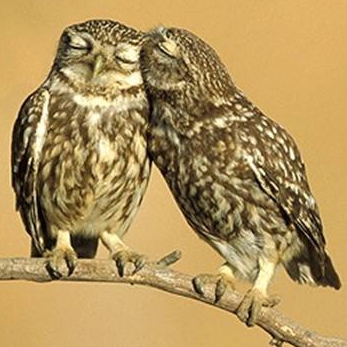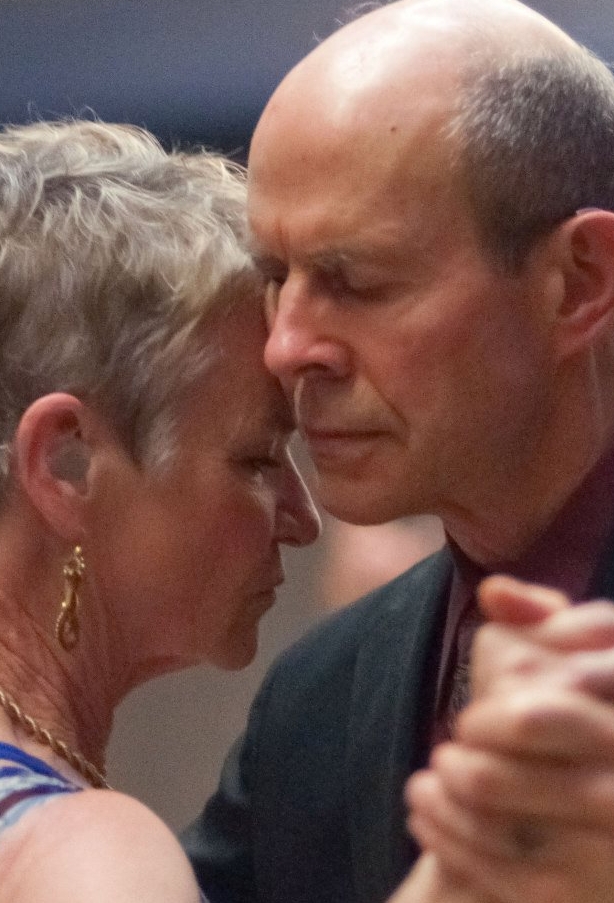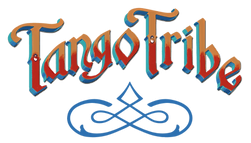What is the Tango Tribe philosophy?
Our number one Goal: To guide students along the challenging and rewarding path of becoming comfortable and creative dancers that partners desire, whether leading or following.
Our Process of mindful, well designed teaching, learning and practicing turns the goal into a reality.

Discover the magical dance of Argentine Tango.
No experience necessary and no partner necessary.
Are you intrigued by the sensual dance of connection, that can at one instant look so showy, then at the next moment so intimate?
It doesn’t matter whether you come with zero dance experience or extensive dance training, we have an approach to learning that we feel makes maximum use of a person’s natural abilities to move and instincts to express music.
Learn Argentine Tango in a beginner-friendly, movement and body-mind approach.
Late 1800s, tango developed as a folk dance among working class immigrants of Buenos Aires and Montevideo, people learned by starting out following then graduating to leading. Men among men, women among their sisters, mothers, and friends. When they got good enough they went to the milonga for social dancing among men and women.

Times change. Dance and teaching methods develop and improve. Men and Women learn together. Tango Tribe believes that today’s dancers can learn faster, better, and grow in their creativity by:
- Discovering principles through guided exercises.
- Learning Leader and Follower roles.
- Dancing with everybody else.
- Creating by combining principles, not patterns. Improvisational patterns flow out of movement capabilities.
1. Self-discovery of principles
You see or hear something, and depending on diligence and practice, you keep that specific idea => closed knowledge. But, you make discoveries through guided movement, you teach and explore those discoveries with classmates => open knowledge that stays with you and grows.
2. Learn both roles together
People say, “Girls don’t want to/can’t learn to lead.” “Guys won’t follow.” “It will take too long.” Wrong! They just haven’t thought about how to do it effectively. They aren’t even thinking about how at high levels of dance, both roles have the same vocabulary of movements.
Dancers wonder: “How do I feel to my partners? Am I fun, warm, accomplished, creative, dynamic, musical? Do they enjoy dancing with me?” Dancing with others in your same role, you get to feel the good and the bad. “Oh, is that something I do? I’ve got to fix that!” “That feels nice. I’m going to borrow that.” You’ll find it easier to learn, create, and share with others who know what you know. Everybody rises faster
3. Everybody dances with everybody else
Three parts to develop and use a skill: Learning, Practicing, Performing. I know, I’ve got my wife, you’ve got your boyfriend, they have their favorite partner. Yes, let’s practice with those people, and dance with them at the milonga. In class, where we are learning, we multiply our understanding by dancing with others. People learn at different rates. You pick up things from more advanced dancers; you give things to less advanced dancers; you learn to dance nicely with everybody — the same as you want to do at the milonga.
4. Principles, not patterns
Tangueros take pride, saying that Argentine tango is a completely improvisational dance, yet some teach and dance it as a series of traditional figures. In Tango Tribe classes you’re going to learn and master principles of the dance. We’ll play with each other using our ideas and those principles to create. Yes, traditional figures make useful jumping off points, but then we want to know how to break them apart, combine them in different ways, do them on the opposite side, in reverse, start differently, end differently, change the dynamics.
Learning, Practicing, and Performance. In a Tango Tribe class you will experience ways to learn tango principles, you will get ideas for learning how to practice. Combine those with your desire to do well, and you will have great dances en la pista, on the dance floor.
David Phillips
I’ve traveled across the U.S. and to Colombia, Argentina, and Germany, seeking to learn not only the dance, but also about teaching and learning. As a student older than average I wanted to “catch up”, and my past as a tech entrepreneur tuned me to look for best practices, use feedback, and discover new things. Now I want to share that with other students, Older Than Average students who want to make up for lost time, Younger Than Average students who want to go as fast and as far as they can, Out of Shape students who question their ability to gain balance and poise, tango dancers who want to learn the other role and to raise their creativity. Everyone who wants to discover ways to teach yourself how to be your best.
You can read more of my thoughts on tango, teaching, and learning in the Walking about posts on this website, and on our Facebook page.
